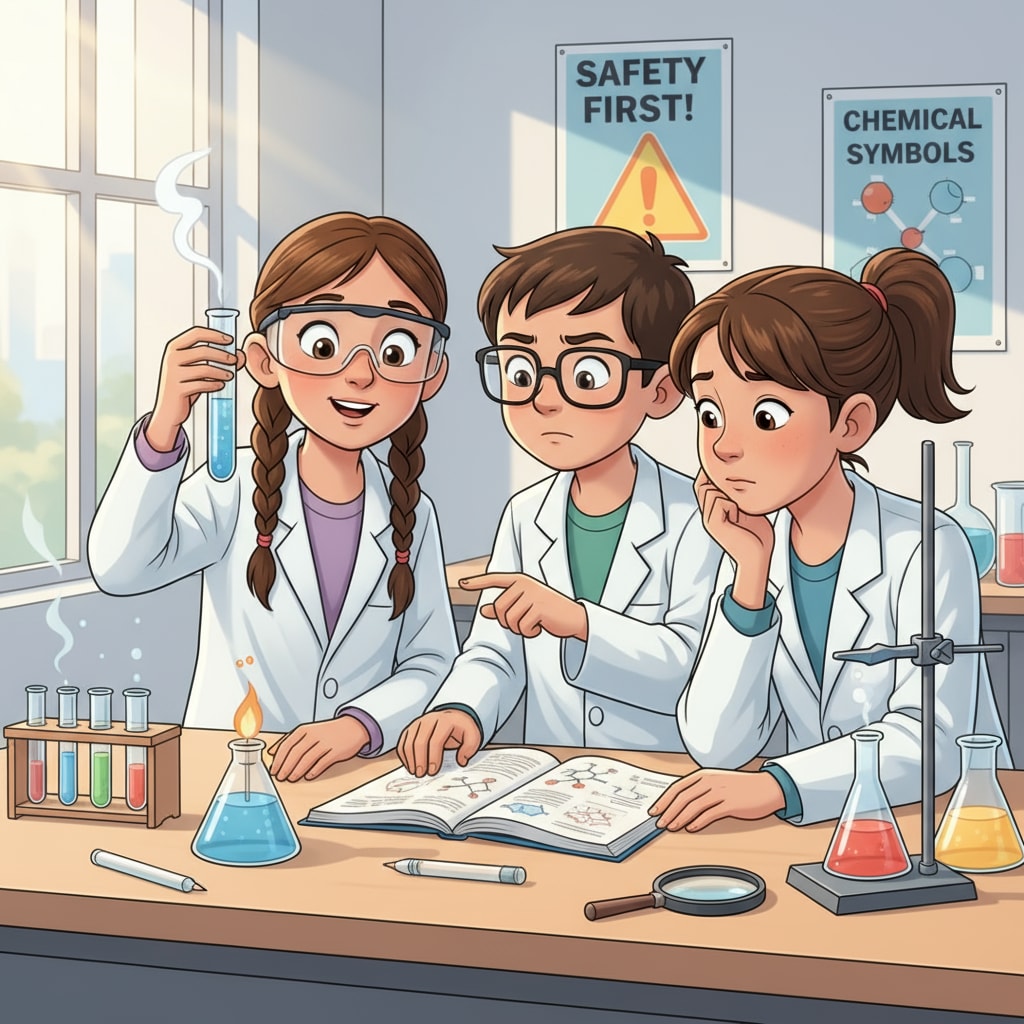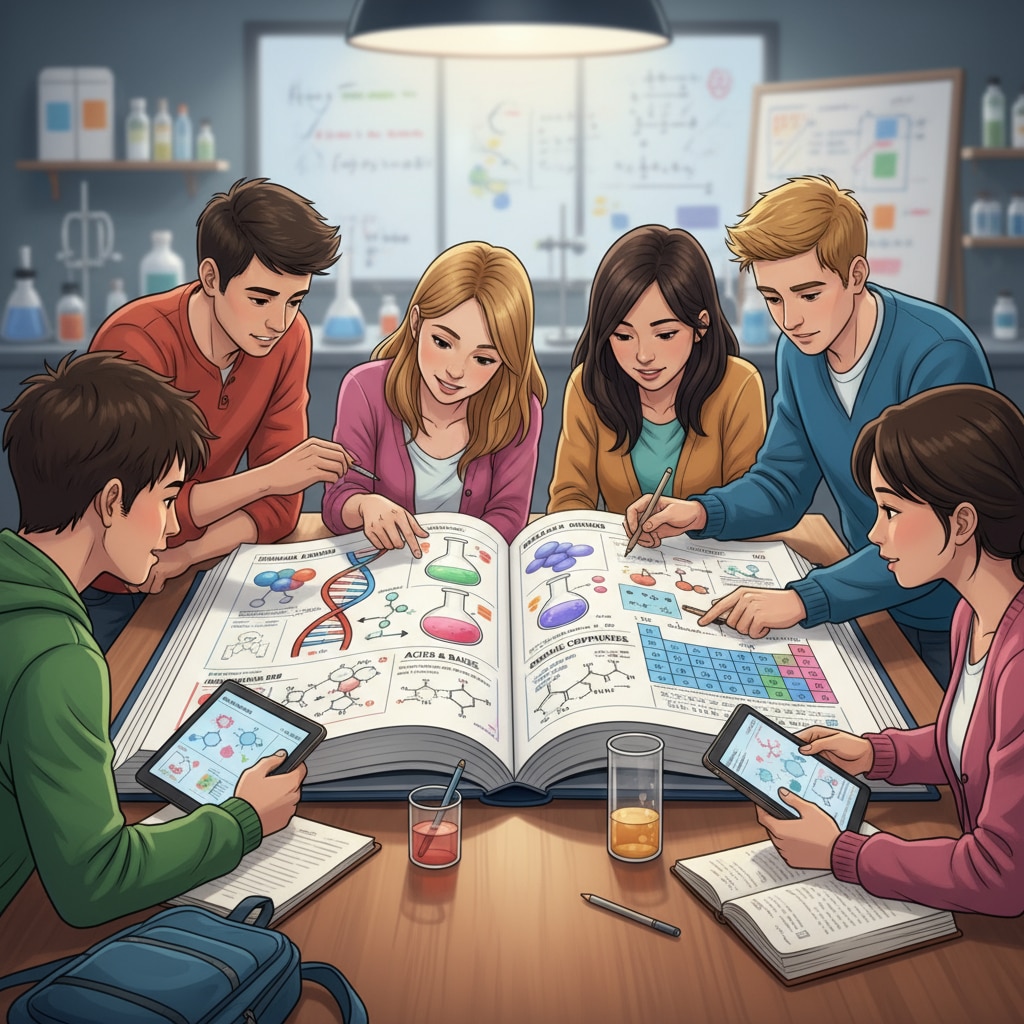Chemical research, career planning, and interdisciplinary interests play crucial roles in shaping a student’s future in the field of chemistry. In the K12 stage, it is essential to start laying the groundwork for an interdisciplinary chemistry career.

This not only helps students develop a strong foundation in chemistry but also broadens their horizons by integrating knowledge from other disciplines.
Cultivating Scientific Literacy in K12
In the K12 phase, scientific literacy is the cornerstone for future chemical research. Teachers and parents should encourage students to observe the world around them. For example, noticing the chemical reactions in daily life, like the rusting of iron or the baking of bread. This simple observation can spark students’ curiosity about chemistry. As a result, students will be more motivated to learn basic chemical concepts. According to Scientific literacy on Wikipedia, scientific literacy encompasses understanding scientific concepts, processes, and the ability to apply them in real – world situations. By exposing students to hands – on experiments in the K12 science curriculum, they can better grasp these concepts.

Exploring Interdisciplinary Interests
Interdisciplinary exploration in K12 is key to preparing for a diverse chemistry career. Chemistry can be integrated with various fields. For instance, combining chemistry with biology in biochemistry, where students can study the chemical processes in living organisms. Another example is the intersection of chemistry and computer science in computational chemistry. Here, students use computer algorithms to model chemical reactions. This exploration of interdisciplinary interests helps students see the broader applications of chemistry. As stated on Interdisciplinary studies on Britannica, interdisciplinary studies promote a more comprehensive understanding of complex problems. In K12, teachers can organize cross – curricular projects to expose students to these interdisciplinary connections.
Once students start to develop an understanding of different interdisciplinary areas related to chemistry, they can begin to think about their career paths. Career planning in K12 is not about making a final decision but about exploring possibilities. Students can research different career options in the field of chemistry, such as chemical engineering, pharmaceutical research, or environmental chemistry. By doing so, they can align their interests with potential career choices. For example, if a student is interested in both chemistry and environmental protection, environmental chemistry might be an appealing career path. This early exploration sets the stage for more in – depth career planning in the future.
Readability guidance: By using short paragraphs and lists, we can clearly present key points. For example, in the section on cultivating scientific literacy, we list real – life chemical reactions as examples. Each H2 section provides a clear focus, and we use transition words like ‘for example’ and ‘as a result’ to make the flow of the article smooth. Also, we control the proportion of passive语态 and long sentences to ensure readability.


